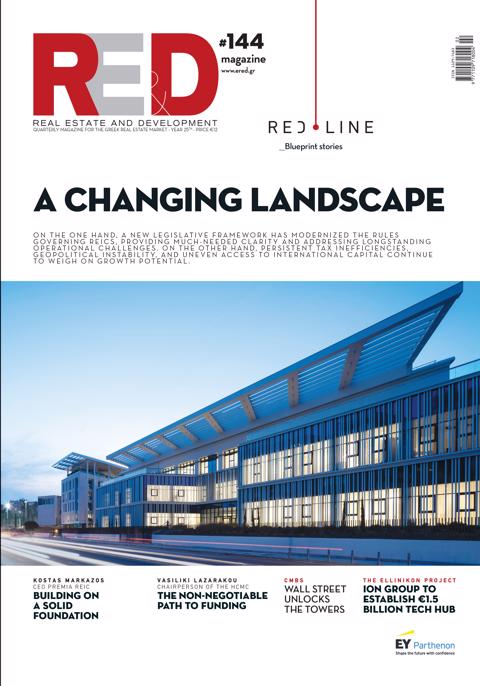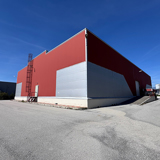The situation is even more bleak in developed economies, such as Europe and the U.S., where productivity has actually declined compared to 2000, while construction costs are rising faster than inflation.
The Root of the Problem
In Europe, many construction companies still rely on traditional building methods. While modular construction and prefabricated solutions could reduce costs and completion time, their adoption remains limited. According to a recent McKinsey study, in Germany and France, less than 10% of new projects use prefabricated systems.
Delays of 8-10 Years Due to Bureaucratic Barriers
Europe also faces challenges due to its complex regulatory structure. Licensing procedures and environmental requirements often delay the start and completion of projects. In Italy, for example, large infrastructure projects are delayed by an average of 8-10 years due to bureaucratic obstacles. Revising and standardizing procedures could reduce complexity and increase efficiency. Implementing best practices and continuously evaluating processes can lead to significant improvements.
The integration of digital tools that improve project design and execution, reducing errors and delays, remains slow. Tools like Building Information Modeling (BIM) or project management platforms are used by only 35% of European companies, limiting opportunities for automation and better project management.
Lack of Skilled Laborforce
Lastly, Europe faces a significant shortage of skilled labor in the construction sector. The aging population, combined with the reduced influx of younger workers, has created gaps that are often filled by temporary workers. In the UK, vacant positions in the sector have increased by 44% since 2019, according to the International Federation of Construction Workers. Investment in workforce training is critical, as developing a stable and skilled labor force through training programs can significantly improve productivity and contribute to broader economic growth and prosperity.















